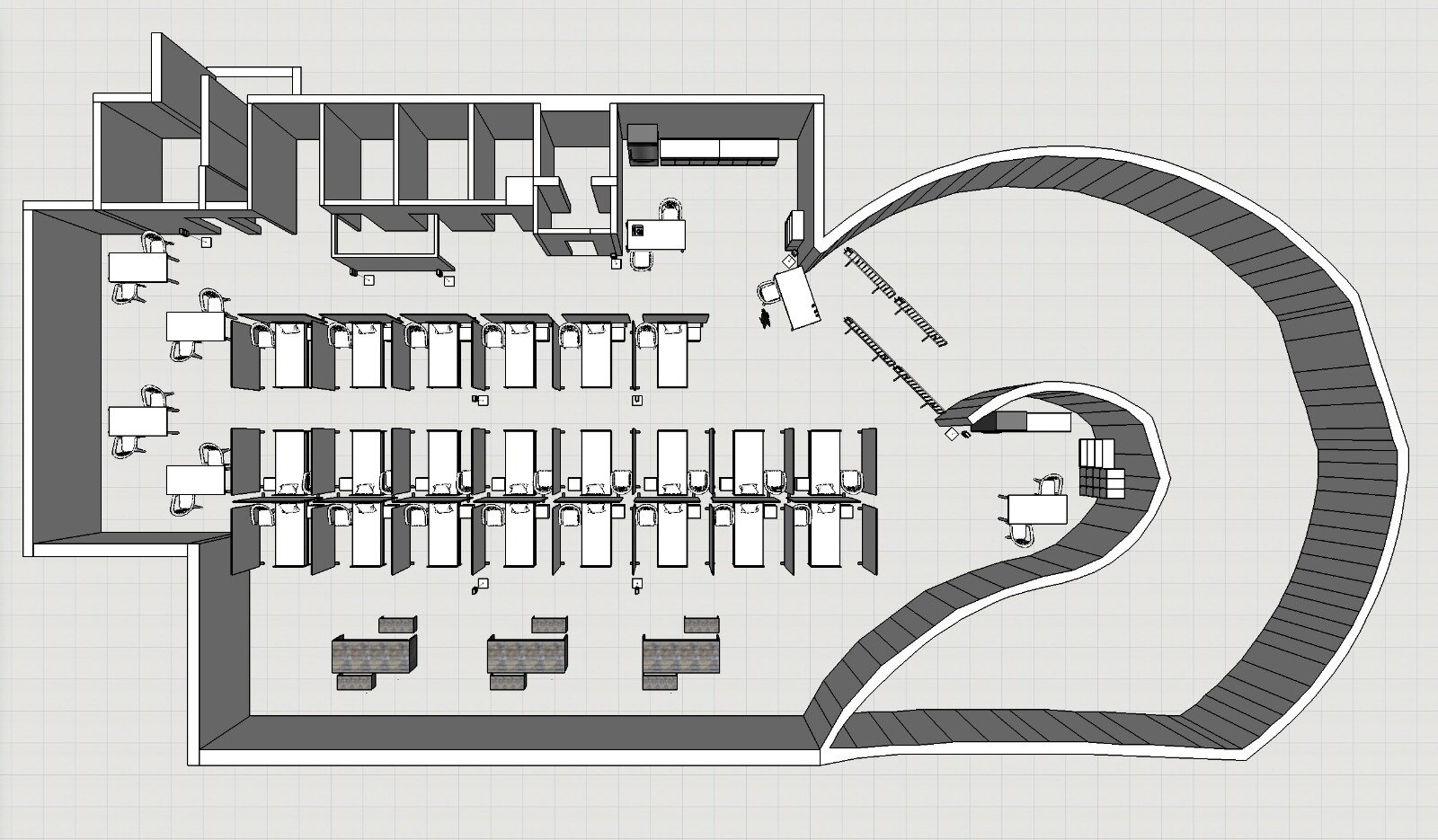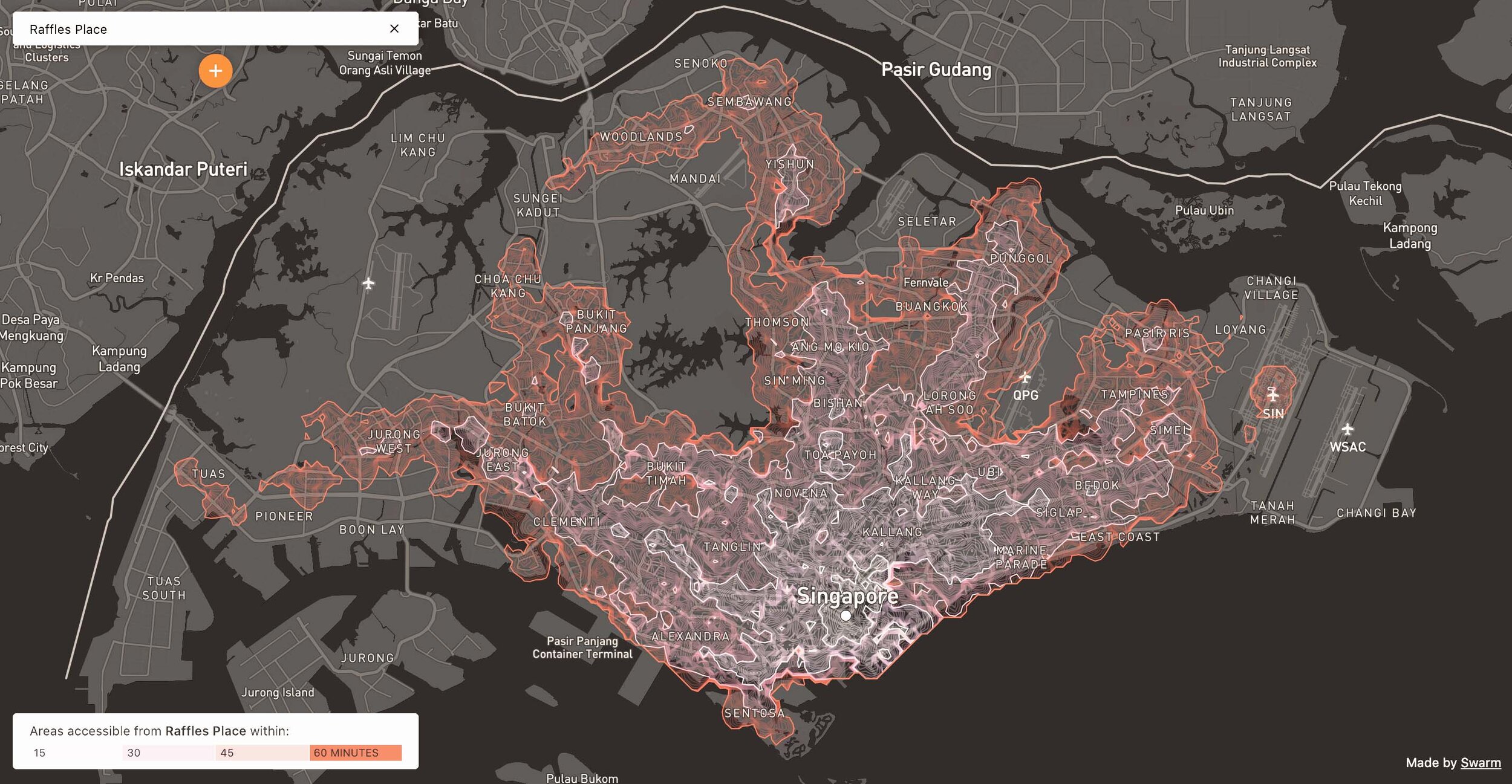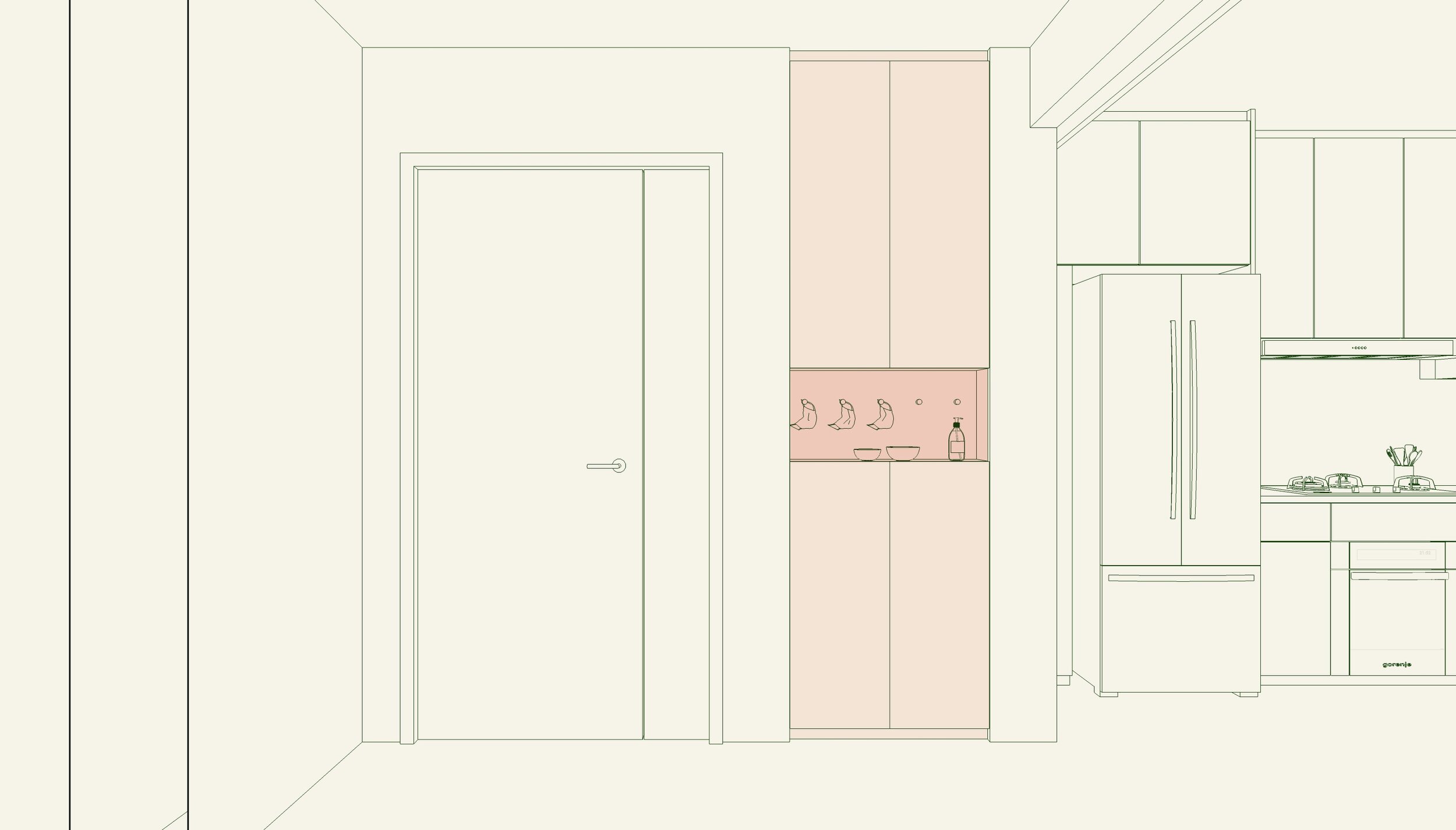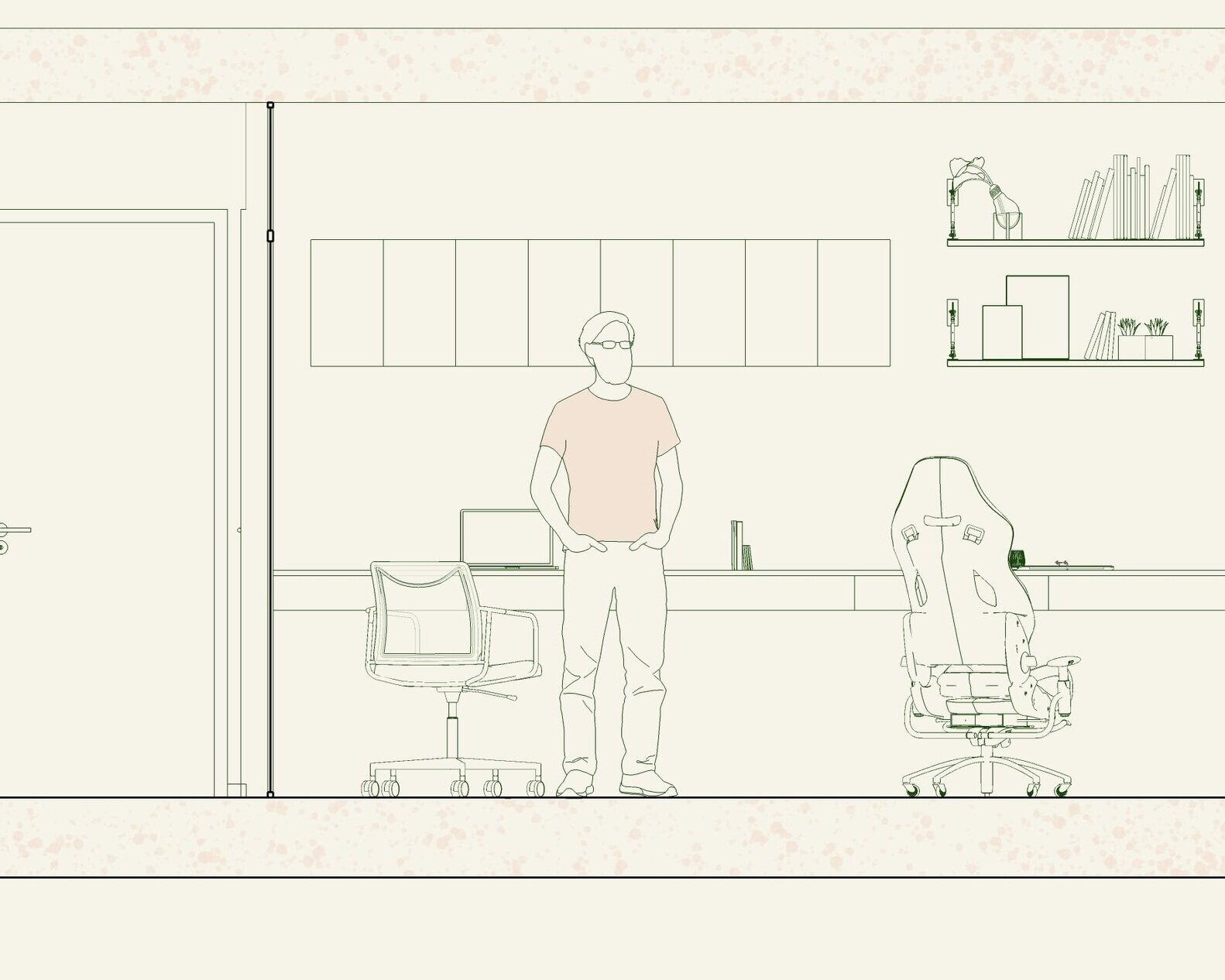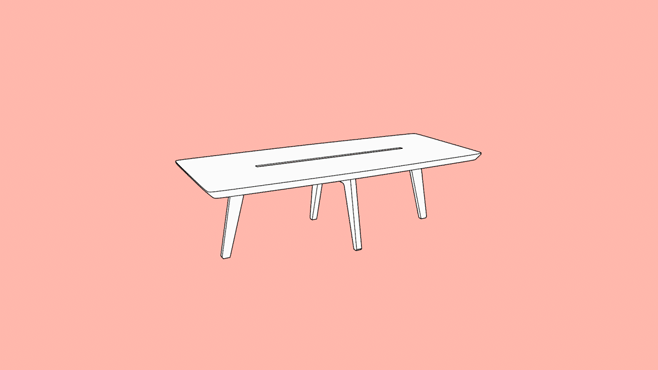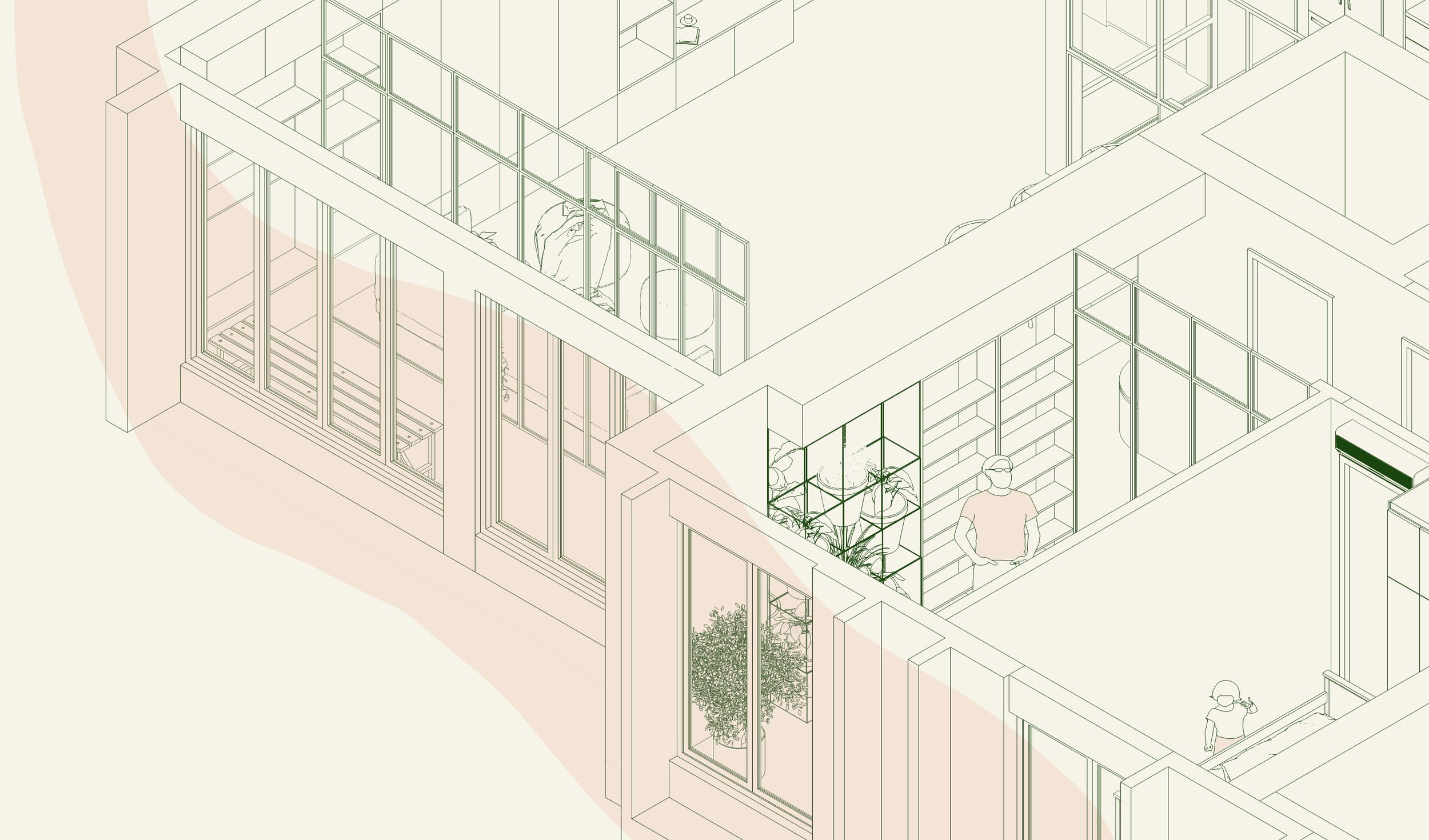A large epiphany after a small project
A couple of weeks ago, Buildbuilt went through a short exercise to help a non-profit organisation space plan for homeless rough sleepers in Singapore. During the spread of Covid-19, and the shuttering of international borders, the numbers of homeless people in Singapore saw a spike. While we planned to jam extra beds into this space (safely), we realised that the additional constraint to keep a space ‘pandemic appropriate’ throws a wrench into universal interior standards for work, healthcare and just simple living.
Post project, during the debrief at Buildbuilt, we set out to tackle this new problem through our small sphere of influence: homeowners.
Alternatively normal
In Singapore, pre-Covid-19, there were existing alternatives to live life, but there was no buy-in to try new things. Why fix something when it isn’t broken? During the Circuit Breaker (our lock-down equivalent), people started to believe, and adopted these new alternatives. Post Covid-19, what we thought were ‘alternatives’ have become the new norm.
Work turned out to be just as productive at home.
Meals and groceries could be easily bought online and delivered into your mouth with a click of a button.
Who needed F45? Youtube became our new gym buddy.
Normal seemed scary all of a sudden.
The probability of landing in a hospital went up exponentially just by not washing your hands. Going to the cinemas now would be as horrifying as a horror movie. Living on a hip street, teeming with vibrant nightlife now sounds like a ridiculous idea.
We are going to start to appreciate the indoors much more now, and the way that we design our interiors to support our lifestyle, social needs and work will be different. Are we ready for change?
Your Home Priorities
In a not too distant past, we flip through home interior magazines and our eyes are drawn to the most creative interiors. The reasons for this could arguably be based on an inversion of Maslow’s Hierarchy of Needs (rightly pointed out by my partner, Zack, during one of Buildbuilt’s design workshops).
Style before comfort?
Universal standards for interiors and ergonomics are thrown out of the window when you see a visually curious interior. An interior that defines a unique identity and defies the norm holds our attention. The need for a physiologically safe and physically secure interior becomes less of a priority as one becomes conscious (perhaps friends and family might correlate their home’s interiors to their personality). The home building exercise might then become one for vanity, to build better self-esteem. ‘Home-proud’ is where one feels a sense of deep pleasure or satisfaction with their physical home, style and the possessions contained within its walls.
After the 2 month lock-down period of staying within the boundaries of our home, we come to a sudden realisation that we need to have Maslow’s Hierarchy of Needs flipped back to it’s original position, and start planning from the bottom, up. And how do we go about retaining good aesthetic value?
With the right design partners, I believe you can. (please visit buildbuilt.co – sorry for the shameless plug).But before that, we explore some things that you would want to think about before building your home in this new era.
Your address
How fast can you get into Raffles Place via cab? It don’t matter anymore. Image from https://isochrone.swarm.is/
Suburbs for the win.
Living close to amenities and schools will continue to be a priority for picking out a home location. But wanting to live in less densely populated areas will become more desirable. Perhaps the inconvenient and uncool ‘ulu’ addresses that are on the fringes and outskirts of our tiny island will start to rise in cost. The township that services the local community will be sufficient to cater for everyday needs, and more. The need to travel into a central business district area will be much less. I have personally observed that the Singapore government’s assistance, through a swift joint task force, to those living in public housing estates were more effective compared to a clunky committee within a gated community/private estate.
As the world descends into a dark and confusing mess, we will need to be ready for the worst. For example, living in a world where we will be co-existing harmoniously with a range of killer viruses, bugs and bacteria that will, with no advance notice, pop up and eradicate a % of our population. Or chaotic protests, strikes, anarchy, or violent looting, and/or raiding of the city. Whatever it may be, we would want to be ready and make sure home is not just something to ‘chill out over the weekend with my fat cat’.
We’ve been close to our clients and we hear them gripe. There were regrets of collapsing an entire room for a walk-in wardrobe. Gripes about having an open concept space with no clear segregation for work/play/rest. Another client regretted flattening out that balcony for more interior space. He could have used some of that outdoor space during the 56 day lock-down.
The general rule of thumb
In the near future, design and technology must enable us to be productive, creative, playful, rested, consume, communicate, teach, learn, socialize, and perhaps even self-medicate as a hospital would, within the confines of ‘home’. The current environment demands that we do this sooner, rather than later. We must then assume that as we spend more time indoors, the condition of the mind could regress due to a mundane and repetitive environment (and isolation).
Our future interiors should be planned with the ability to fit as many functions as possible within a small footprint. Going forward, most singular-function spaces will be required to be multi-functional. Ie. living room + gym. The challenge of the interior designer is to make this all look good.
Interiors will have to be visually open to create a sense of space and to reduce a claustrophobic experience. But keeping spaces functionally segmented at the same time, with proper sound insulation, privacy barriers..etc.
To avoid commissioning more work to be done during the course of residency, or to reduce the frequency of the upkeep of the home, interiors will need to be well built through superior construction methods and better quality materials, as far as possible. Consider-
-
Durability; strength
-
Resistance; does not wear easily
-
Maintenance; ease of cleaning
-
Hygiene; anti-bacterial, hypoallergenic
-
And more points if it is manufactured sustainably/organic, saves the planet, and it looks good too
Your Home’s Entrance
A possible future for contactless delivery would be for the delivery-person to drop off the goods/food in a safe and secure compartment outside the apartment, indicate that the drop-off has been made and take an exit. Perhaps an app can notify and alert the homeowner for a digital sign-off.
Shoes should be placed outside the home as much as possible, or very close to the home’s entrance to keep the interiors pristine.
Consider to build a ‘drop-zone’ where everyday items like keys, mobile devices and wallets will have to share room with new roommates: hand sanitizers and face masks.
Your Children’s Room
Thinking ahead
As children grow, their needs grow (and change) too, so keep it loose and flexible. Having a timeless design that suits children of different ages can be tricky. A solution is to involve your children during the planning stages. Hopefully they’re of an age where they can give (tasteful) input. And/or, work with a good interior designer. Make sure that within the space, children can rest, learn and play.
Montessori style
Keeping things accessible and in reach for children could help them learn concepts ofindependence and discipline.
Remember to keep things fun! Wallpaper and a splash of paint can do wonders for a child.
Peeled off from www.hellocircus.com
Your Kitchen
There are 5 main functions of a kitchen – serving, cooking, prep work, cleaning and storage. Cooped up in a home for long periods, you would need to have a larger store for a variety of meals. Storage will move up the ranks as a priority in the kitchen. Gloriously long and wide counter top spaces might be overtaken by an increased volume of storage to cater to *hoarding needs. Aside from top cabinets, explore full height tall boys for deep pantry access
Consider easy to maintain and anti-bacterial surfaces.
Do not forget that bubble-tea maker.
*please do not hoard.
Your Dining area
The dining area is akin to the community centre of the home. Make sure that there is enough storage within the home so that the dining area remains clutter-free and inviting for all forms of activity – to eat, to play, to have conversations, to learn, to rest, to pause..
Setting the dining table against a wall and introducing a bench or booth seating might give more space for a larger living room area or thoroughfare.
Your living room
Come together
During the Circuit Breaker season, my wife and I found that the living room transformed into the equivalent of an office pantry. In the middle of the day, we’d retreat from our separate work spaces, grab some nuts from the kitchen and come together to gossip/joke/space-out. The children will sometimes tumble out into this space to play at our feet.
Flexibility
Furniture should be sturdy yet mobile. The multi-purposed space should be able to morph into a setting for board-games night, a yoga dojo, TV-lunch, and more!
Your Work area
There is a time for everything. There is also a space for everything. Knowing and keeping to these compartments is important for mental health. The recent weeks have tested whether we truly have work and life balanced. Creating physical boundaries will vastly improve this area of work and life.
Max comfort for max productivity
Preparing to sit for long hours in a small space is no small feat. (I know a good local chair company that will have your back). Make sure that this space has the versatility to have good ventilation and air-conditioning, good light for work, good desk space for serious work (writing and laptop work), room for thinking (a reading corner and a view), and perhaps even a space for a standing desk to be productive and to get your blood pumping.
Tele-conferencing is the in-thing and everyone is secretly spying over your shoulder to check out that Zoom background view. It would be nice to create some interesting backdrops (that isn’t virtual) for your colleagues to peer over.
Hide and seek
Privacy is also critical for productivity. Put physical barriers between work and distraction. Sensitive conversations about work should remain confidential within this work area.
Having a door that can be locked from the inside is crucial for working parents. You do not want a naked baby dancing into the room while you are explaining this quarter’s revenue decline.
Your Master Bedroom
Walk-in war-doh!
We have had a couple of clients regret combining rooms to create a vast walk-in wardrobe as opposed to keeping a committed study or home office. This is surely something to reconsider and prioritize. Perhaps a dresser within a walk-in wardrobe can also be converted into a private workspace?
Netflix & chill- every night
The idea of having a master bedroom focused on rest might be a fleeting idea. How about introducing a little entertainment within this sanctuary? As the doors at cinemas remain shut, home theatre systems might make a comeback, and there’s no better place to do this but in the master bedroom.
Light play
A neat trick to diversify the vibe within a small space is to have different lighting options to create illusions for different moods and different functions. Ie. spotlighting/mood lighting for rest, functional lighting for work, etc.
Your networking needs
Wifi connectivity is like oxygen. In recent times, it would be mandatory to have full bars at every corner of the home. Consider installing meshes for wider wifi coverage.
Home automation – a convenient single control for efficient operations for your home as you use it more frequently. You can manage all power and lighting provisions in a single touch, and even home security and surveillance. And for those who may be a bit more obsessed with cleaning during this Covid-19 period, home automation could enable a more contactless experience (no more flipping of physical switches!)
Do you remember the telephone? Home telephones on landlines could make a come back since we aren’t used to carrying our mobiles within a home (or do we?). Perhaps choose a corded phone so you do not misplace it like your mobile phone.
Your loose furniture
Taken off from the guys at www.caramba.store
In our latest Instagram IGTV, we discuss the benefits of loose furniture. This century, flat packed furniture will be the way to go to escape queues. And of course, to fill that time vacuum at home by assembling good quality furniture. Having custom furniture built into homes have proven inconvenient and unreliable when the entire nation’s workforce goes into a blackhole of un-productivity due to the pandemic.
Aside from comfort quality and aesthetic features, furniture companies should focus on logistical solutions.
Your sustainable future
Bringing the outdoors, indoors
A balcony within a home might be a welcoming feature to not just calm and relax its inhabitants, but for an additional space to wander into. Shutting out the interiors and imagining that you are one with nature within this ‘external’ space could recharge one quickly before diving back to work. You may shop cute green things here.
Creating more social zones for people to circulate into for different needs will help diversify the home’s functions.
Eat what you grow
Having an edible garden has so many plus points beyond teaching one patience. You will have:
-
more food, (therefore cost savings? I’ve not done my math. But it seems that the operational cost will outweigh the setup cost after some time)
-
lush privacy screens,
-
a green heat absorber,
-
a natural sound barrier,
-
education. Children and adults alike can learn about plants,
-
(marginally) better air quality,
-
And definitely a more beautiful home space.
For more information contact any of these interior geniuses to walk you through what a home should look like post-Covid-19.
Keep safe and God bless everyone.
*Some assumptions made in this article is that delivery and logistical companies find solutions to grow from strength to strength to not only deliver emergency necessities but also to deliver some pleasures of life. And that home delivery becomes a safe exercise throughout the supply chain.



